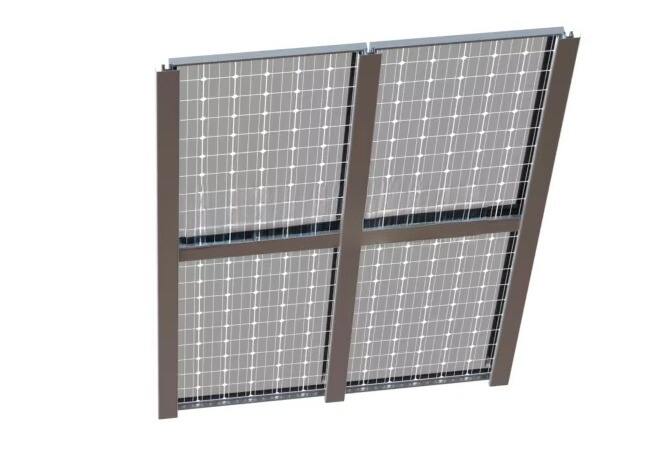Solar carport structures are dual-purpose frameworks that support solar panels while providing shelter for vehicles, merging renewable energy generation with parking infrastructure. These structures are engineered to balance three core functions: supporting panel weight, protecting vehicles from weather, and optimizing sunlight capture. Constructed from high-grade materials—aluminum alloy (6082-T6) for beams and columns, galvanized steel for connections—they offer a 25+ year lifespan with minimal maintenance, resisting corrosion from rain, snow, and UV radiation. The design features a clear span (distance between columns) of 4–8 meters to accommodate multiple vehicles (cars, trucks, or EVs), with roof slopes of 10°–30° to maximize solar exposure. Panel mounting rails are integrated into the roof frame, supporting 60-cell or 72-cell panels in portrait orientation, with spacing to avoid shading between rows. Solar carport structures include practical features: LED lighting for nighttime visibility, EV charging station integration (with wiring routed through columns), and drainage systems (gutters and downspouts) to channel rainwater away from parked vehicles. Safety is prioritized, with compliance to standards like AISC 360 (structural steel), ASCE 7 (wind/snow loads up to 160 km/h and 4 kN/m²), and IEC 62715 (PV system safety). Installation is modular, with pre-fabricated components reducing on-site construction time by 30–50% compared to traditional carports. For businesses, these structures offer dual ROI: reduced electricity costs from on-site generation and enhanced parking amenities for customers/employees. Solar carport structures exemplify sustainable design, turning underutilized parking spaces into renewable energy assets that benefit both the environment and bottom line.
